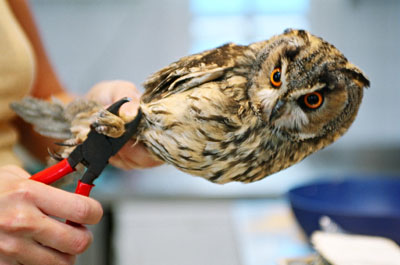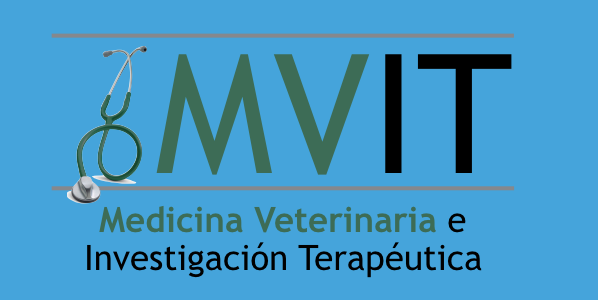
Causes of Admission for Raptors to the Tafira Wildlife Rehabilitation Center, Gran Canaria Island, Spain: 2003-2013
Journal of Wildlife Disease, 2016, 52:3, 647-652
Natalia Montesdeoca, Pascual Calabuig , Juan A. Corbera, and Jorge Orós.
Abstract
We report the causes of morbidity of 2,458 free-living raptors admitted to the Tafira Wildlife Rehabilitation Center on Gran Canaria Island, Spain, during 2003–2013. The seasonal cumulative incidences were investigated while considering estimates of the wild populations in the region. These methods were used as a more accurate approach to assess the potential ecologic impact of different causes of morbidity. The most frequently admitted species were the Eurasian Kestrel (Falco tinnunculus; 53.0%), the Eurasian Long-eared Owl (Asio otus canariensis; 28.1%), the Canary Islands Common Buzzard (Buteo buteo insularum; 8.0%), and the Eurasian Barn Owl (Tyto alba; 4.4%). The most frequent causes of admission were trauma (33.8%), orphaned-young birds (21.7%), unknown (18.4%), and metabolic/nutritional disease (11.1%). Local morbidity caused by glue trapping and entanglement in burr bristlegrass (Setaria adhaerens) had prevalences of 5.0% and 1.8%, respectively. The highest number of admissions during the breeding and nonbreeding seasons was observed for the Eurasian Barn Owl and the Barbary Falcon (Falco pelegrinoides), respectively, mainly due to trauma of unknown origin.
Enlace


